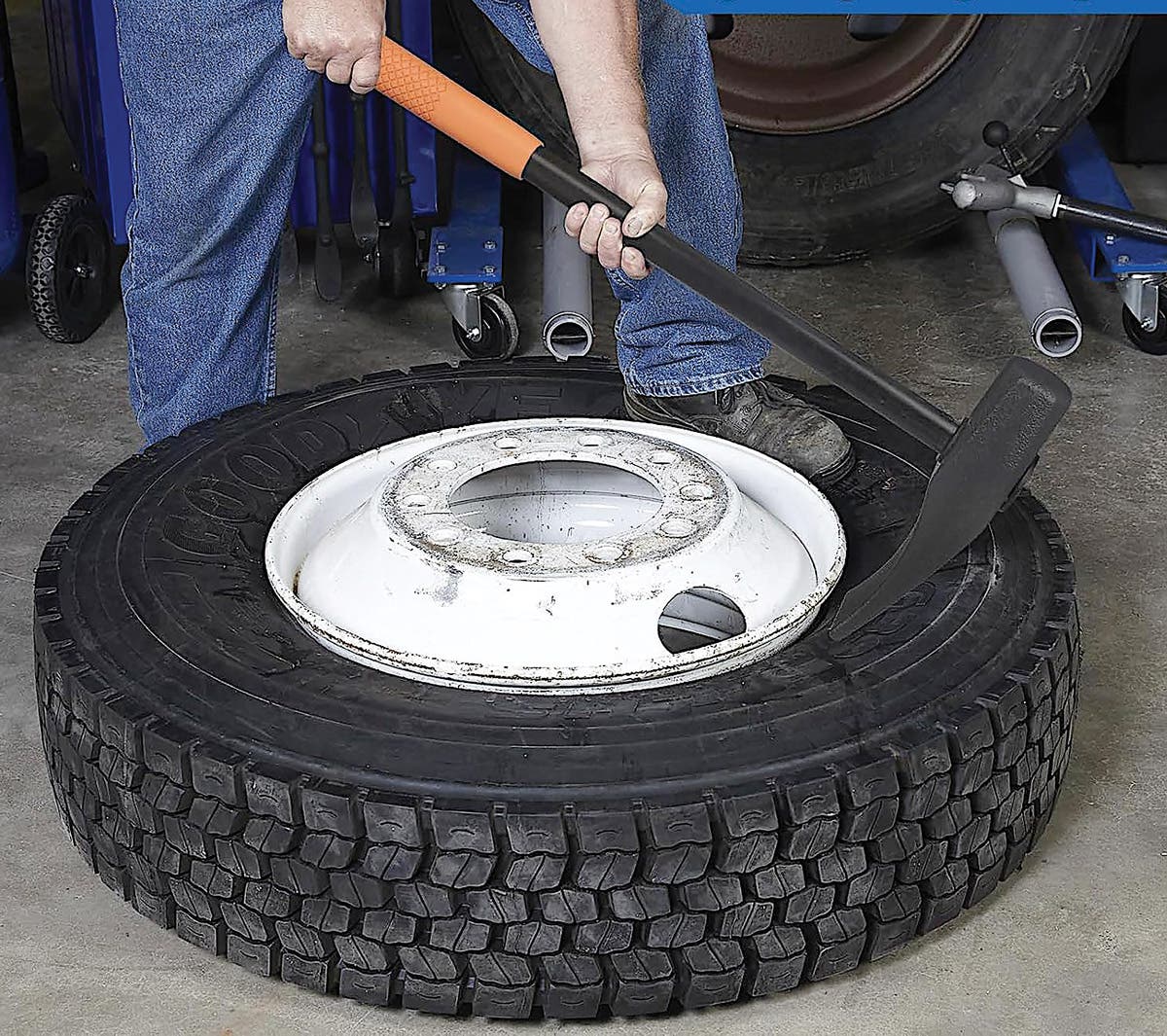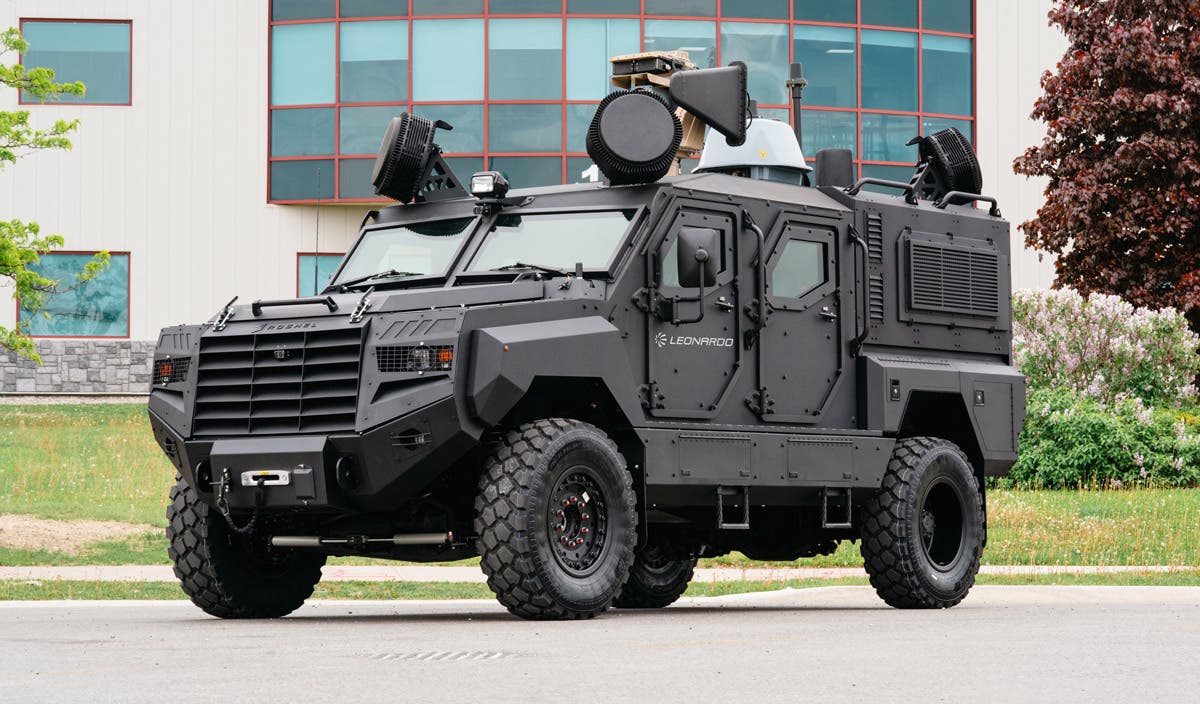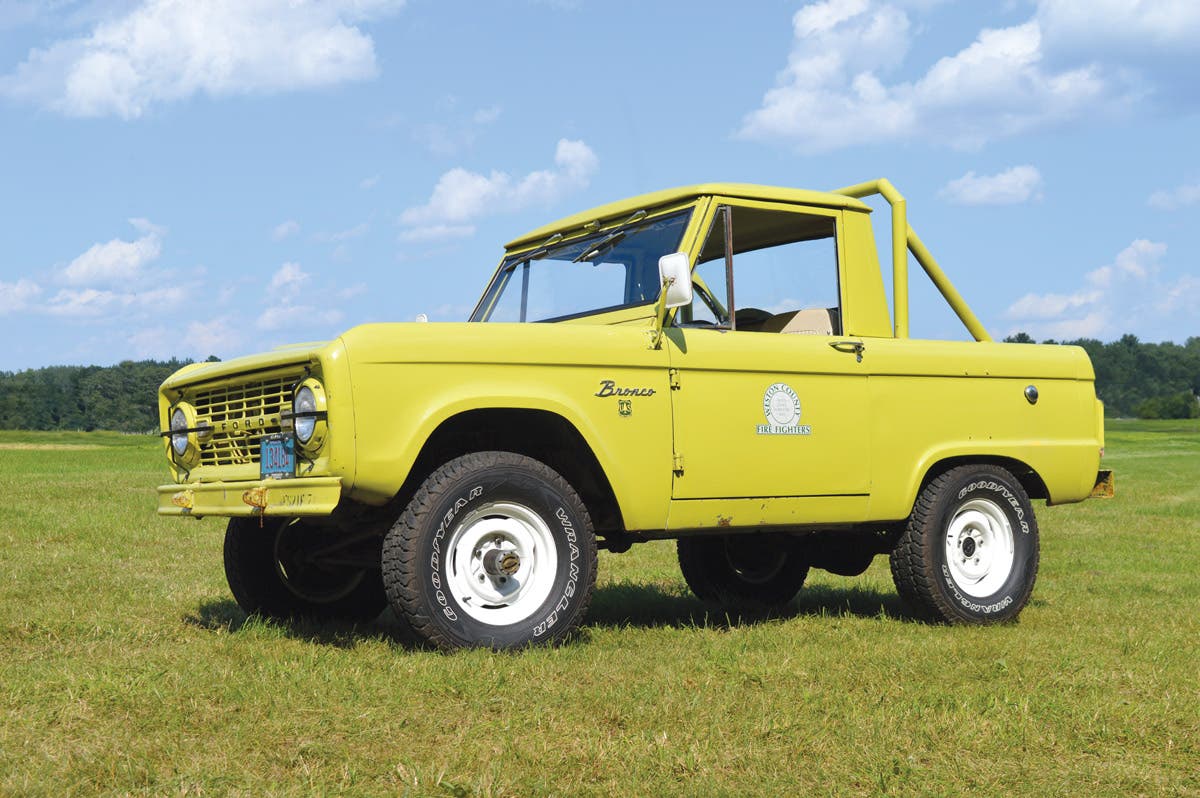Marines throwing punches in bunches!
Marines found more mobile firepower with truck-based rocket launchers.
Among the most unconventional weapons in the Allied WWII arsenal were the U.S. Marine Corps’ rocket launchers. These weapons saw action in the Pacific nearly seven months before the U.S. Army employed rockets in Europe. However, the Army’s 2nd Engineer Special Brigade (ESB) had fitted DUKWs, LVTs, and trucks with rocket launchers in October 1943 to support General MacArthur’s forces in New Guinea, though on a smaller scale than the Corps’ later initiative.
The U.S. Navy had already armed various vessels, including PT boats, landing craft, and even submarines, with rocket launchers. In early 1943, the Marine Corps permitted testing at Camp Pendleton to evaluate the viability of rockets in pre-invasion bombardments. The successful tests led to the Navy fitting rocket launchers to landing craft in quantity by December 1943.
While archival data is limited, it appears the Marines recognized the effectiveness of these rocket bombardments and sought to bring a similar system ashore during their island-hopping campaigns.
The Marine Corps Rocket School was established at Camp Beaumont, Oahu, under Major Sydney Watson’s guidance. The inaugural class ran from March 20 to April 16, 1944. That same week saw the creation of the first two Provisional Rocket Detachments, officially designated on April 13, 1944. Eventually, six such detachments would be formed, all seeing combat in the Pacific.
The First Provisional Rocket Detachment, led by First Lieutenant Richard A. Brenneman, was attached to the 4th Marine Division of the V Amphibious Corps in Maui. The Second Detachment, under First Lieutenant James O. Newpher, was assigned to the 2nd Marine Division. Each detachment comprised one officer and 57 enlisted men.
These units were armed with the Navy 4.5-inch rocket, fired from a Mark 7 launcher, also known as the T45 launcher. To transport this formidable weapon into battle, the Marines turned to their versatile M-2-4 truck. Built by International Harvester, the M-2-4 was a one-ton, four-wheel drive cargo truck. Production began in 1941 with an initial order of 584 vehicles, eventually surpassing 10,000 units.
International Harvester’s designation system was straightforward: M (military); 2 (quantity of ½-ton off-road capacity units, i.e., 1-ton); 4 (wheel drive). The trucks were powered by International’s ‘Green Diamond’ GRD-233C 6-cylinder engine, producing 93 hp. This was coupled to an H-41 4-speed transmission and a two-speed transfer case.
Each of the 12 trucks in a detachment carried three launcher assemblies in the rear. With each launcher holding twelve rockets, a single vehicle could deliver an impressive 36-rocket salvo. The launchers were fired electrically, with controls mounted in the cab. Operators could fire rockets individually or unleash all 36 in a devastating ripple effect within seconds.
Initially deployed ahead of infantry positions on Saipan to maximize range, this strategy was later reconsidered due to the vehicles’ lack of protective armor. Subsequently, they were positioned just behind the forward line.
Following their successful debut on Saipan in June 1944, these detachments and vehicles saw action in each successive Pacific campaign. Their use on Iwo Jima was particularly noteworthy. The Third Provisional Rocket Detachment, commanded by Lieutenant George H. Ward, landed on Iwo Jima in three sections: the Third Section at H+4 hours, the First Section at H+7 hours, and the Second Section with the 27th Marines on D+1.
Despite losing one launch truck during the landings, the remaining vehicles were extensively used. They began firing from beach positions and advanced across the island, employing single rocket launches to clear suspected enemy positions and full barrages to devastate larger areas. According to Lt. Ward’s after-action report, the Third Provisional Rocket Detachment launched an astounding 14,538 rockets on Iwo Jima.
However, their use wasn’t without challenges. Sustained operation over rough terrain caused excessive play in the launchers, affecting accuracy. The lack of armor protection for crews and the absence of dedicated ammunition handlers in the Table of Organization and Equipment were significant shortcomings, particularly given the enormous number of rockets fired. This ammunition shortage was so severe that Marines had to request additional rockets from their Navy counterparts.
Lt. Ward’s concerns regarding mobility, armor protection, and ammunition supply were echoed by Captain John Nieman after his 4th Provisional Rocket Detachment saw action on Okinawa.
Despite their widespread and successful use, the Marine Corps discontinued the M-2-4 truck-based rocket launchers after WWII, adopting the Army’s T66E2 trailer-mounted launcher in 1946.
David Doyle's earliest published works were occasional articles in enthusiast publications aimed at the historic military vehicle restoration hobby. This was a natural outlet for a guy whose collection includes several Vietnam-era vehicles such as M62, M123A1C, M35A2, M36A2C, M292A2, M756, and an M764.
By 1999, his writing efforts grew to include regular features in leading periodicals devoted to the hobby both domestically and internationally, appearing regularly in US, English and Polish publications.
In 2003, David received his a commission to write his first book, The Standard Catalog of U.S. Military Vehicles. Since then, several outlets have published more than 100 of his works. While most of these concern historic military hardware, including aircraft and warships, his volumes on military vehicles, meticulously researched by David and his wife Denise, remain the genre for which he is most recognized. This recognition earned life-time achievement in June 2015, when he was presented Military Vehicle Preservation Association (MVPA) bestowed on him the coveted Bart Vanderveen Award in recognition of “...the individual who has contributed the most to the historic preservation of military vehicles worldwide.”
In addition to all of publishing efforts, David is the editor of the MVPA’s magazine, History in Motion, as well as serving as the organization’s Publications Director. He also maintains a retail outlet for his books online and at shows around the U.S.







